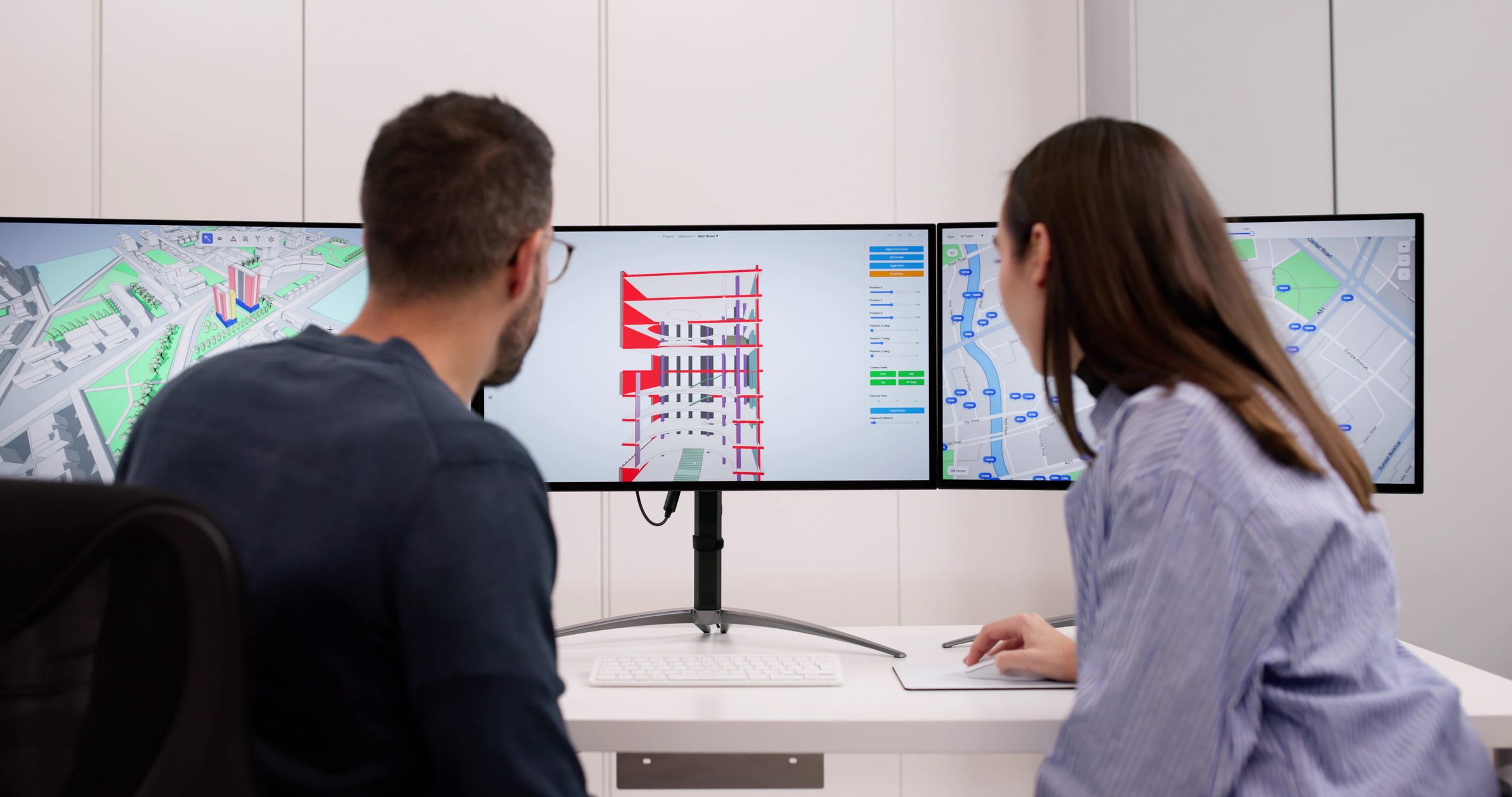Cost pressures are a defining challenge in the living sectors, where affordability for buyers and tenants must sit alongside quality, durability and rapid delivery. How can developers and owners deliver value when input costs keep rising?
The November 2025 edition of WT’s Australian Construction Market Conditions Report shows little relief in sight for developers of build-to-rent, student accommodation, and social and affordable housing. Even if escalation stabilises temporarily, the surge in Olympics-related activity and growth in other high-demand sectors, such as data centres, is likely to push costs upward again.
Many drivers of escalation lie beyond a developer’s control: skills shortages, supply-chain volatility, tariffs, insolvencies and rising costs of insurance, financing and compliance. While there is no silver bullet, strategies such as realistic budgeting, early value management, aligned procurement and clear risk allocation consistently improve cost outcomes – as does full use of Building Information Modelling (BIM), a coordinated environment where a shared digital representation of an asset can be enriched with a range of project data.
From cost plans to living data
BIM, digital twins and data-driven cost-intelligence platforms are essential tools for understanding, optimising and tracking costs. They bring clarity and predictability to delivery, build confidence and reduce risk, while also supporting cost-effective long-term operation and maintenance.
The most substantial value emerges when teams work from a single, real-time source of truth, integrating the project’s design (in 3D BIM) with time (4D), cost (5D), sustainability (6D), facilities management (7D) and even safety planning (8D) data. In this rich paradigm, issues are spotted earlier and addressed holistically, design choices assessed faster, and discussions can shift from debating numbers to comparing options. Teams understand not just what the costs are, but why they occur and how decisions can affect them.
Achieving these benefits requires a robust BIM framework, clear expectations and disciplined oversight. Without strong foundations, models may be incomplete, fragmented or misaligned with operational needs.
Set up a robust BIM governance framework
Projects generate thousands of data points, from design models and procurement schedules to site reports and asset registers. Unless properly structured and connected, this information delivers limited value. BIM Execution Plans (BEP), Information Requirements and supportive Principal Project Requirements (PPRs) provide a consistent governance structure, enabling ‘big data’ to be transformed into ‘smart data’ that is accurate, connected and usable across the project lifecycle.
A BIM framework works best when established at an organisational level, not reinvented for each project. Standardised processes and templates reduce duplication, clarify expectations for consultants, and allow teams to mobilise faster with less ambiguity.
Setting expectations early helps consultants price and respond accurately, lowering the need for inflated contingencies, which could translate to savings of up to 3% of construction cost.
Maintain independent oversight during design
A common pitfall in the living sectors is discovering too late that a model is deficient or unsuitable for facilities management. Independent oversight of BIM management ensures you receive what you’ve paid for and that the digital asset retains value into operations. Separating this role from the lead consultant, typically a designer themselves, enhances transparency and protects your interests.
Formal reviews at key milestones (such as 50% and 70% design development and the final issued-for-construction stage) verify alignment and compliance. Clear reporting tools track performance and will reinforce accountability across the design team.
Investing in independent oversight is about ensuring that the right information is available in the right format at the right time, turning data into a powerful decision-making tool and strategic asset.
Be specific with BIM expectations in your Principal Project Requirements
Once the design phase is on track, the next challenge is ensuring that contractors understand the digital expectations from the outset. Clear Principal Project Requirements (PPR) reduce the risk of scope gaps, variations and misinterpretation, all of which drive cost and delay.
Setting BIM expectations at tender allows contractors to compete on a level playing field, bring the right expertise, and establish the processes and reporting needed to deliver high-quality models throughout the project lifecycle.
Track as-built documentation throughout construction, not just at handover
The long-term value of the model is only realised when it reflects the reality of what’s built, so BIM discipline must continue through construction. Progressive point-cloud scanning and BIM deviation analysis will keep the digital asset in sync with progress on the ground.
As-built verification ensures that the model remains a trustworthy, accurate foundation for operations and an enabler of predictive maintenance, asset tracking and lifecycle planning.
Transforming the living sectors with BIM
The principles we’ve discussed here are already well proven in more digitally mature sectors, such as data centres, where scope clarity, rigorous coordination and early integration with facilities management are well established. Applied to the living sectors, they unlock similar advantages: fewer surprises in design, clearer tender inclusions and assets that transition smoothly into operations.
For developers and operators, the takeaways are simple: treat your digital asset with the same care as your physical one. Set expectations early, require structured data, ensure independent oversight and verify continuously.
With these fundamentals in place, BIM becomes a powerful cost-management tool that can help navigate escalation, support competitive pricing and deliver buildings that perform reliably over decades.
For the living sectors, where success depends on cost control, volume, predictability and operational reliability, BIM offers more than a competitive edge. It’s a pathway to delivering better living outcomes for everyone, and it’s never too late to get started.





